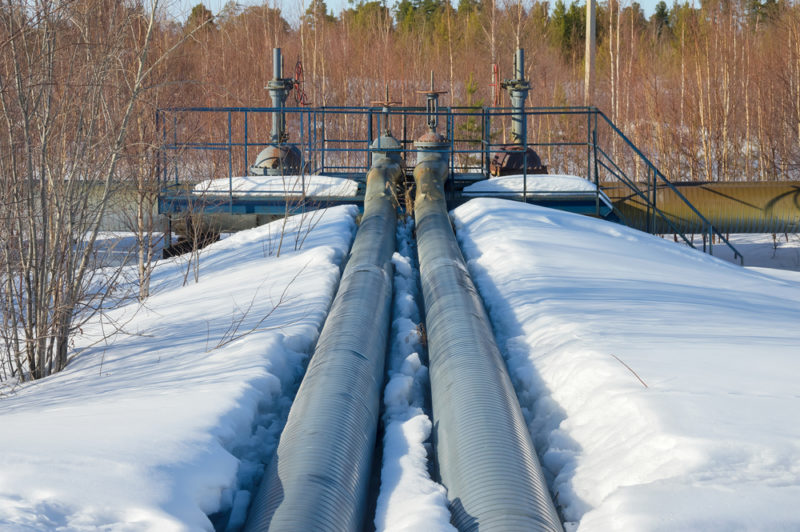EIA report cites extreme cold as cause of record-setting natural gas, power demand in Midwest

A new analysis from the U.S. Energy Information Administration (EIA) shows a clear link between grueling cold temperatures in the Midwest and record levels of natural gas use in the region.
January 2019 marked upper Midwest temperatures as low as -45 degrees Fahrenheit. The Midcontinent Independent System Operator (MISO) grid saw hourly electricity loads peak at 100.9 gigawatts on Jan. 30, 2019, the coldest day of the year thus far. Such factors caused natural gas and electricity prices to rise, but despite the chill, electricity use did not reach as high as it did last year, or during MISO’s all-time record of 109.3 GW, which was reached during the 2014 polar vortex.
The same cannot be said for natural gas use. A record amount was used by residential and commercial sectors to deal with the crisis — 37.9 billion cubic feet overall. The week ending on Feb. 1, 2019, also saw the largest net withdrawal of working natural gas in the 2018-2019 heating season thus far.
MISO mitigated peak electricity loads by deploying load-modifying resources, taking management actions, and being aided by widespread closures of schools and businesses — even factories, in some cases. Emergency operating procedures taken by MISO during this period included suspending inessential equipment maintenance, implementing emergency energy pricing measures to accurately reflect grid conditions in its markets, curtailing non-firm energy exports out of MISO, and implementing load management measures.
Despite this, the region suffered around 30 GW of unplanned generator outages on Jan. 30, which was higher than the worst of previous events.
